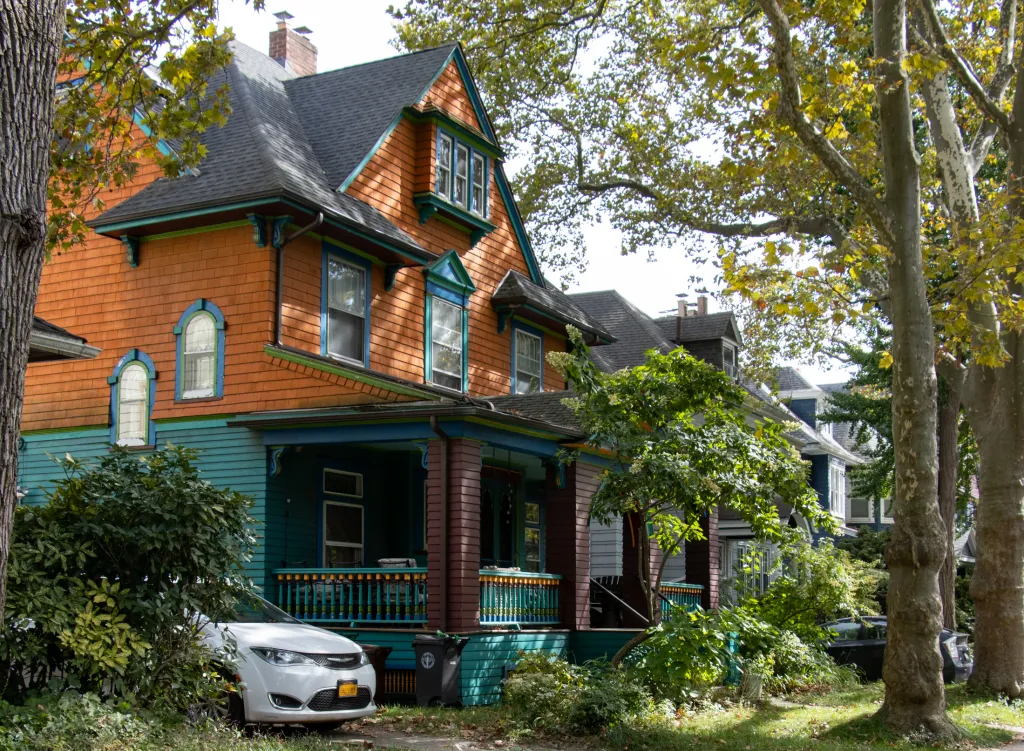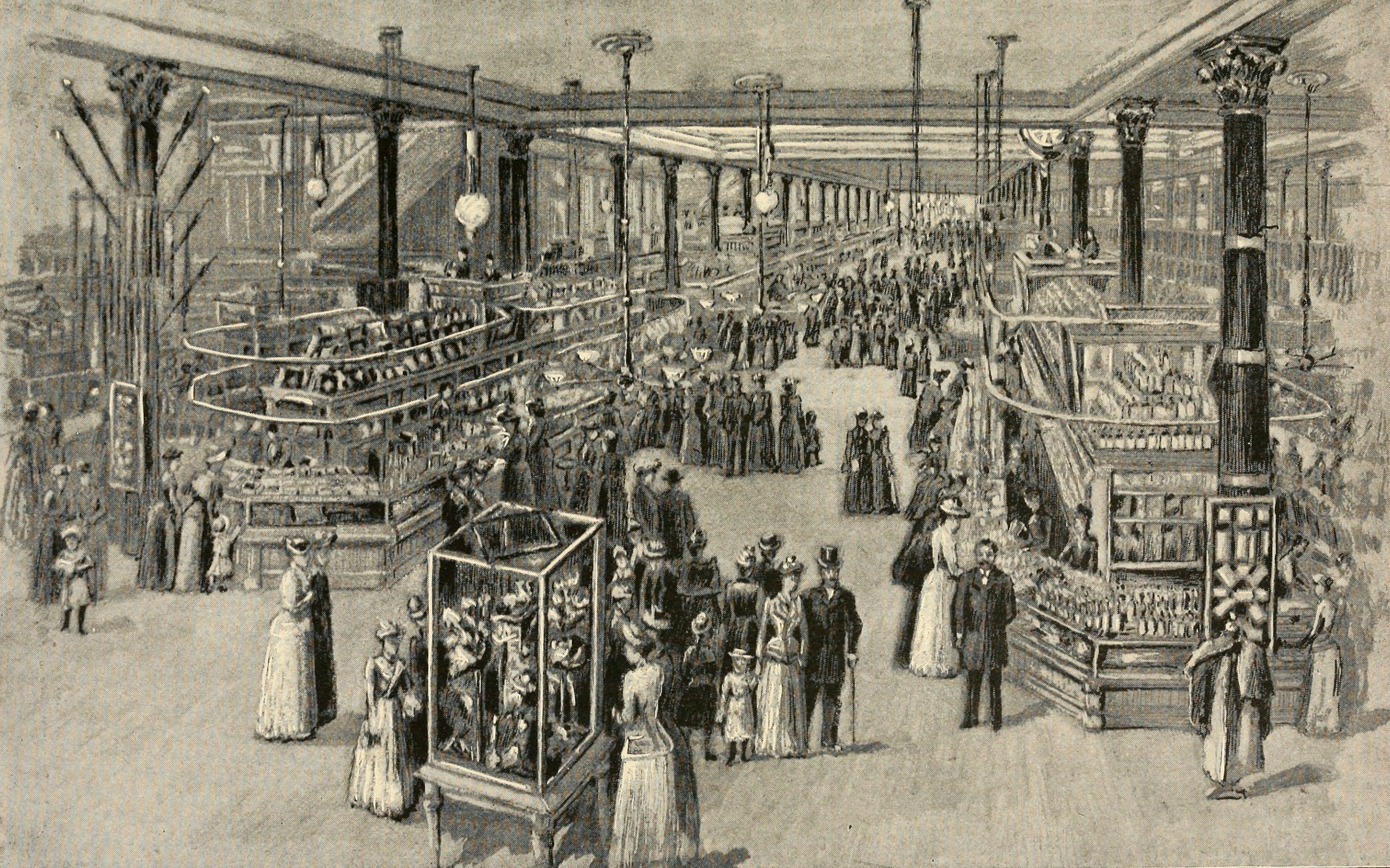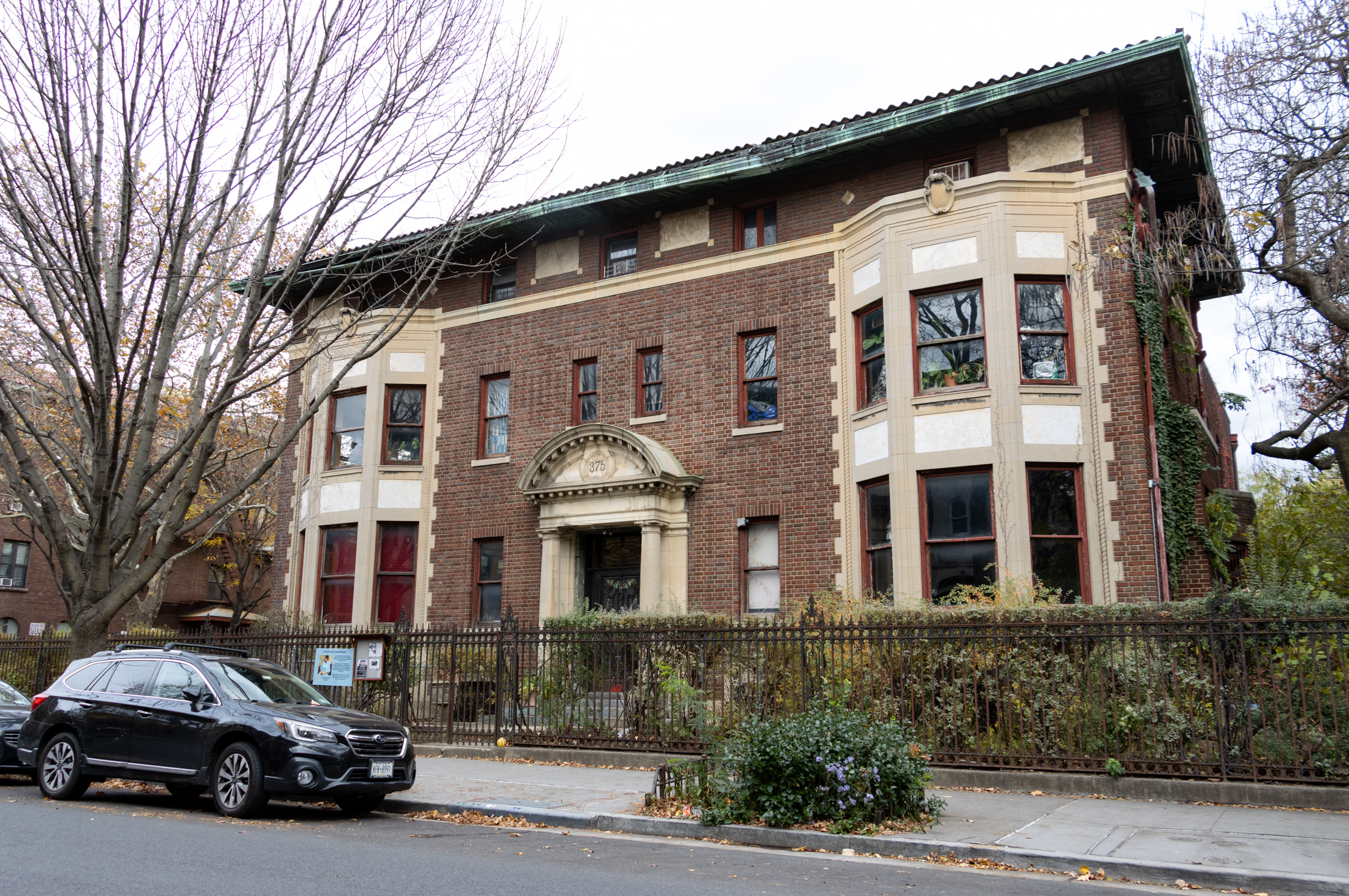Building of the Day: 112-116 Decatur Street
Brooklyn, one building at a time. Name: Row houses Address: 112-116 Decatur Street Cross Streets: Throop and Albany Avenue Neighborhood: Stuyvesant Heights Year Built: 1884 Architectural Style: Queen Anne Architect: W. E. Booth Other buildings by architect: various projects as architect and/or builder in Clinton Hill, Bed Stuy, Park Slope, including Seney (Methodist) Hospital. Landmarked:…

Brooklyn, one building at a time.
Name: Row houses
Address: 112-116 Decatur Street
Cross Streets: Throop and Albany Avenue
Neighborhood: Stuyvesant Heights
Year Built: 1884
Architectural Style: Queen Anne
Architect: W. E. Booth
Other buildings by architect: various projects as architect and/or builder in Clinton Hill, Bed Stuy, Park Slope, including Seney (Methodist) Hospital.
Landmarked: Not yet. Calendared, as part of Stuyvesant Heights Extension HD
The story: Sometimes I’m asked what my favorite style of row house is, and I often mumble that I like them all, as there are characteristics of all of them that I really like a lot. On the exterior, I have to admit to being especially partial to Romanesque Revival/Queen Anne’s, because I love the mixtures of textures and materials and variety of facades, and as you know, I’m mad about ornament. But there is just something about brick houses, especially Queen Anne brick houses that often make me forget all about brownstone.
Maybe it’s the rich, earthy red color, or the imaginative ways that architects and their brick layers put together all of the building’s elements or just the “everyman” kind of humble beauty brick can have, but I love it, especially in groups like this. These aren’t even the most ornate examples I could find, but every time I’m on Decatur St. I have to admire these houses.
They were designed by W. E. Booth, a Brooklyn architect and builder, who along with his family built speculative housing in Stuyvesant Heights, Bedford, Park Slope and Clinton Hill. Entries in the Builder’s Guide show that he often worked with either his father or brother, Samuel Booth, W.E. listed as architect, and often builder, while Samuel is listed as owner or builder. W.E. Booth’s biggest job may have been being the chief builder of Seney Hospital in Park Slope, now Methodist Hospital, a sprawling complex of buildings, which are now all replaced by new structures.
These houses are narrow, like most brick houses of this period, for some reason, only 16.5 feet wide. But they don’t look it from the outside, as the brick details flow and undulate across the group. The arched doorways are just charming, as is the wooden cornice that thankfully, is intact, and accentuates the lines of the bays and flat surfaces.
The houses were home to middle class folk, a teacher in 112, a retired Guardsman in Company G of the 47th Regiment in 114, and a homeowner, seeking in 1898, to rent a room or en suite set of second story rooms, with or without board, as per the Brooklyn Eagle. Narrow or not, these are still great houses, like an almost identical group, also by the Booth’s, further down the street at 52-56 Decatur Street. GMAP







Decatur, Decatur, Decatur … something about that name seems familar.